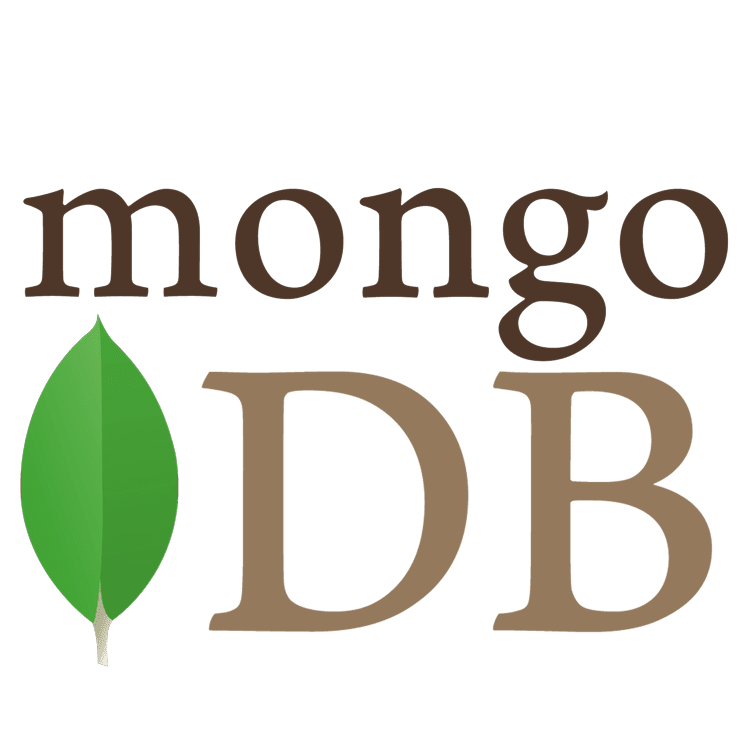Tag: CentOS 8
Installing NVM on Linux (AlmaLinux) and Windows (Windows Server 2019)
Node Version Manager, also known as NVM, is used to control and manage multiple active versions of Node.js in one system. It is a command line utility and a bash script that allows programmers to shift between different versions of Node.js.
How to Install KVM on CentOS 8
Different business and development workloads call for more versatility in your environment. Virtualization provides an option for creating virtual environments to host, test, and develop your mission-critical projects.
osquery is a powerful tool for system monitoring and operating system instrumentation that collects system metrics and data points for Security, DevOps, and Compliance teams. The information is stored in a high-performance relational database and can be accessed locally or remotely by using SQL-like statements.
CentOS is without doubt one of the most widely used Linux distributions, mainly among Linux servers. It's a free, community-supported fork of Red Hat Enterprise Linux (RHEL) that provides a stable and fine-tuned operating system.
How to Install and Configure Django on CentOS 8
Introduction
In this article, we will discuss what Django is, its purpose, and how to install and configure it on CentOS 8.
CentOS 8 to CentOS Stream
CentOS Options
With the recent announcement by CentOS 8 regarding the switch from CentOS 8 to CentOS Stream, this commonly used Linux distribution is being relegated to a mid-stage development version of RHEL. In essence, CentOS 8 becomes an early rolling-release distro for RHEL. As CentOS moves from being a follow-up distribution to the stable version of RedHat, to be, in effect, a prerelease version of RHEL, many users are looking for alternatives to replace their current operating systems with a long-term stable platform apart from RHEL and IBM who owns RedHat.
The Best Editors for Development 2021
In this tutorial, we explore the top five IDEs or Integrated Development Environments in demand today, and why most developers prefer them.
How to Install MongoDB on CentOS 8
What is MongoDB?

MongoDB is a documented database management system that does not require the description of a table scheme. It is representative of a NoSQL based system (NoSQL is an approach to implement a scalable database storage system within a flexible data model), which uses JSON like documents and database schemas often used in web development. It is written in C, C++, JavaScript, and since it is cross-platform, it allows one to deploy it on any platform.
How to Install PyCharm on Ubuntu
What is PyCharm?
PyCharm is an Integrated Development Environment (or IDE) for the Python programming language. It is a cross-platform development environment that is compatible with Windows, macOS, and Linux. It provides a tool that integrates code analysis, graphical debugging, unit testing, and an integrated terminal that supports development on remote hosts and virtual machines.
Installing and Verifying OpenJDK 11
What is OpenJDK?

OpenJDk or Open Java Development Kit is a free, open-source framework of the Java Platform, Standard Edition (or Java SE). It contains the virtual machine, the Java Class Library, and the Java compiler. The difference between the Oracle OpenJDK and Oracle JDK is that OpenJDK is a source code reference point for the open-source model. Simultaneously, the Oracle JDK is a continuation or advanced model of the OpenJDK, which is not open source and requires a license to use.
Our Sales and Support teams are available 24 hours by phone or e-mail to assist.

